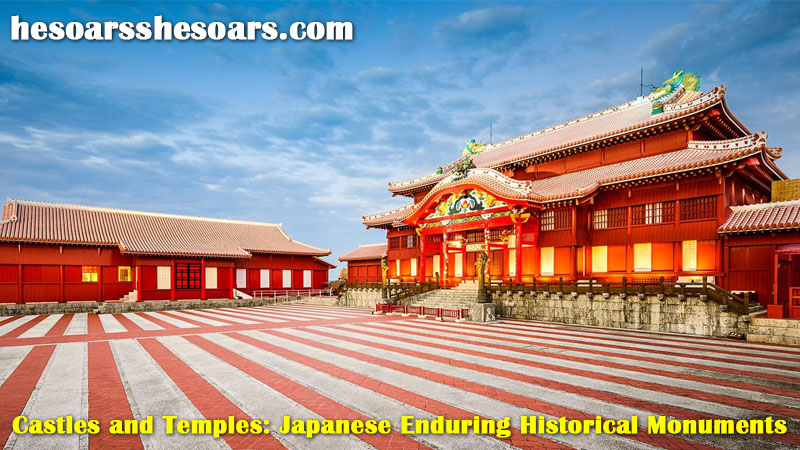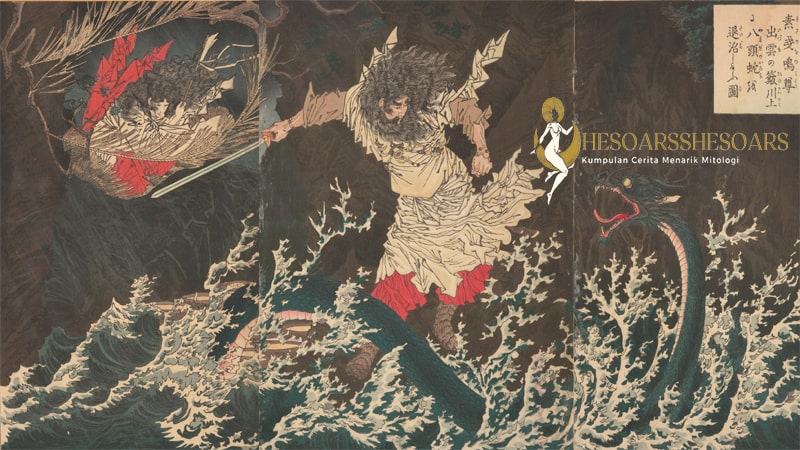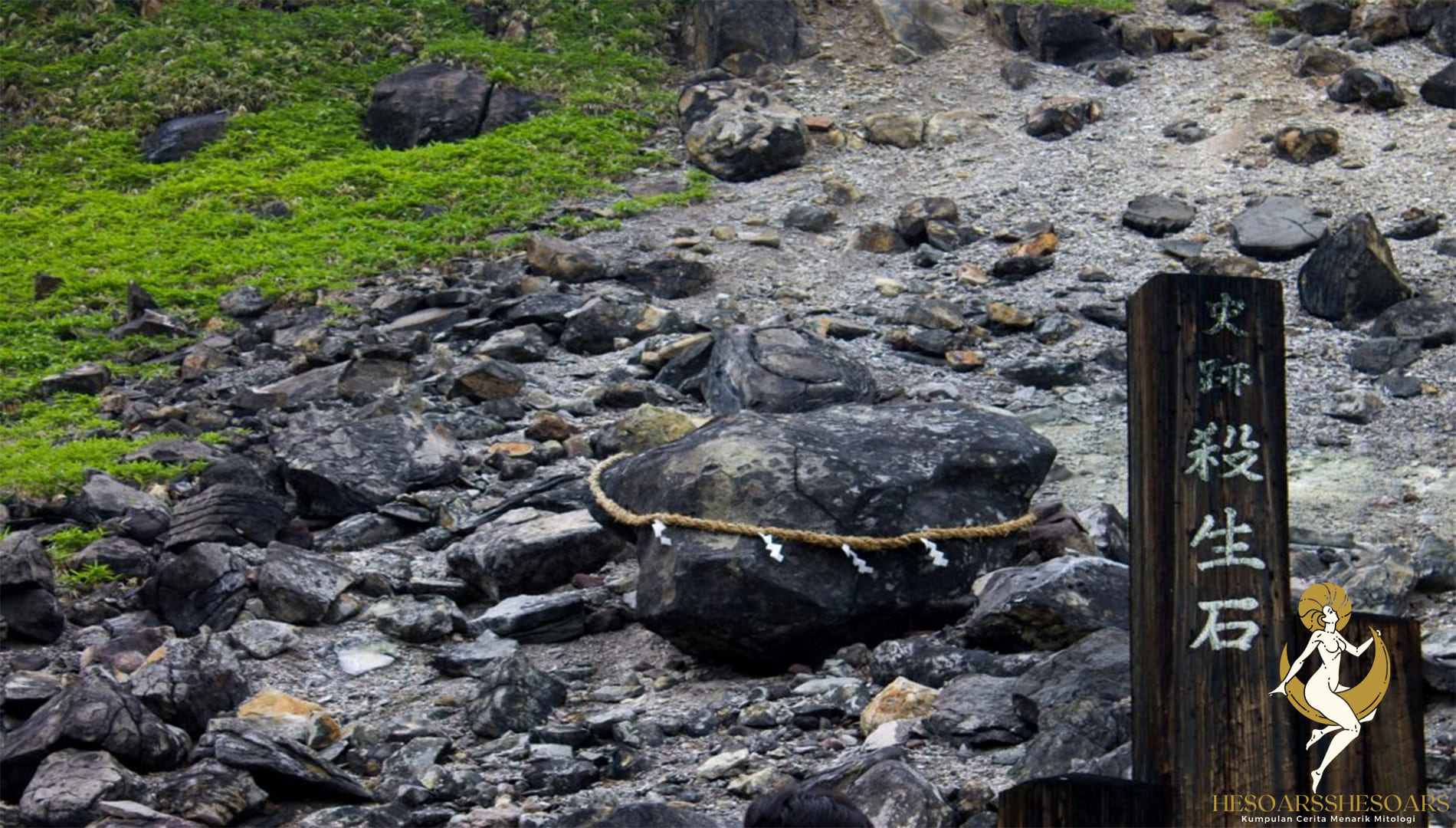Japanese Enduring Historical Monuments Japan, the Land of the Rising Sun, is often celebrated for its technological advances and modern wonders. However, at the heart of its urban dynamism lies a deep respect for tradition and heritage. Two symbols that capture Japanese reverence for its past are its magnificent castles and temples. These structures stand as silent witnesses to Japanese rich history and evolving culture, and they tell stories of battles, faith, and resilience.
A. The Legacy of Japanese Castles
1. Architectural Marvels
Japanese castles, or ‘shiro,’ are a distinctive form of architecture with their towering stone walls, graceful moats, and multi-tiered donjons (main keeps). Not only were they built as military fortresses to guard against invaders, but they also symbolized the power and prestige of the daimyōs (feudal lords) who ruled the regions.
2. Famous Castles
Himeji Castle: Also known as the ‘White Heron Castle,’ it is a UNESCO World Heritage Site and a prime example of early 17th-century Japanese castle architecture. Its brilliant white exterior and graceful design give it a picturesque beauty that stands in stark contrast to its primary role as a defensive fortress.
Matsumoto Castle: With its striking black exterior, Matsumoto Castle, or the ‘Crow Castle,’ offers an exemplary display of Japanese flatland castle architecture. Its unique wooden interiors and the ancient weapons on display provide a peek into the samurai era.
3. The Role of Castles in Japan’s History
Throughout Japanese feudal period, castles played pivotal roles in various military campaigns. They were the heart of regional power centers and served as the headquarters for daimyōs. Over time, as conflicts waned, some castles evolved into administrative hubs, while others were abandoned or repurposed.
B. Japan’s Sacred Temples
1. Sanctuaries of Faith and Art
Japanese Enduring Historical temples, primarily affiliated with Buddhism and Shintoism, are not just places of worship. They are repositories of art, culture, and history. Craftsmen and artisans throughout the ages poured their skills into carving intricate sculptures, painting divine frescoes, and crafting delicate paper lanterns that adorn these temples.
2. Renowned Temples
Kiyomizu-dera: Situated in Kyoto, Kiyomizu-dera is one of Japanese most celebrated temples. Supported by tall wooden pillars, its main hall offers a panoramic view of the city. Legend says that if you survive a jump from the temple’s terrace, your wish will come true.
Todai-ji: Located in Nara, Todai-ji houses the world’s largest bronze statue of the Buddha Vairocana. The temple complex, a UNESCO World Heritage Site, is a testament to Japanese rich Buddhist heritage.
3. Temples as Cultural Hubs
Beyond religious ceremonies, temples in Japan host a plethora of cultural events. The seasonal changes are marked by festivals where the temple grounds come alive with traditional music, dance, and food.
C. The Interplay of Castles and Temples
Though castles and temples had different primary purposes—one martial and the other spiritual—their histories often intertwined. Many daimyōs were patrons of temples, commissioning art and donating generously. This patronage wasn’t just out of devotion; it was a political strategy, aiming to forge alliances with powerful monastic communities.
Moreover, some temples had militaristic roles. The warrior monks, or ‘sōhei,’ of certain temples were a formidable force, and they occasionally clashed with samurai or other temples.
D. Preservation Efforts
Japanese rapid modernization in the 20th century led to the unfortunate loss of many historical structures. However, the recognition of the cultural and historical value of castles and temples has spurred significant restoration efforts. Sites like Himeji Castle have undergone extensive restorations to preserve their original grandeur for future generations.
Conclusion
Japanese castles and temples are more than mere tourist attractions. They are living symbols of a nation’s soul, linking its past to the present. These enduring monuments are a testament to Japanese dedication to preserving its history, and they will continue to inspire awe and wonder for generations to come.




